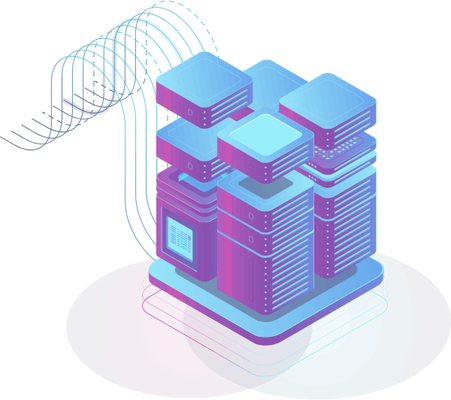Containerization

We offer a modern way for businesses to manage and deploy their applications in the cloud using containerization technology. This means we package and separate applications and their dependencies, making them easy to move and manage.
Our services make it faster and easier to deploy and grow applications, while also improving security and performance. We offer tools for orchestration, scaling, load balancing, and connecting to other cloud services. We also provide monitoring and management tools to keep track of application health and performance. Our solution simplifies the process of managing and scaling applications in the cloud.
Features
Reproducibility
Immutable builds
Containers simplify software development & deployment in any system environment providing a consistent, tested, & reliable unit, resulting in improved stability, reliability, & security.
Improved resource utilization
Containerization allows for multiple isolated applications to run on the same host, leading to better utilization of resources such as CPU & memory.
Portability
Containers package all the dependencies & configurations necessary for an application to run, making it easy to move between different environments.
Scalability
Container orchestration tools like Kubernetes simplify container scaling by enabling automatic scaling based on demand.
Isolation
Containers provide isolation between applications, preventing conflicts & reducing the risk of security breaches.
Cost savings
By running multiple applications on the same host, and scaling resources as needed, containerization can lead to significant cost savings.
Better development workflow
Flexibility
Containerization enables flexible application movement across various environments like on-premises, public cloud, & hybrid cloud.
Process
Building an image
The first step in containerization is to build an image. An image is a read-only template with instructions for creating a Docker container.
Deploying a container
After the image has been created, the next step is to deploy a container using the image. This can be done using the Docker run command.
Managing the container
The next step is to manage the container. This includes starting, stopping, and moving the container, as well as managing its resources.
Sharing the container
Finally, the container can be shared with others, either through a registry or by pushing it to a public repository.
